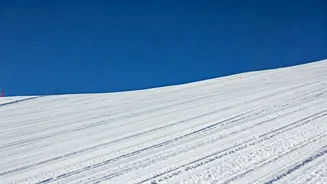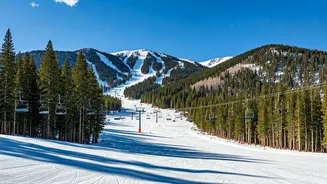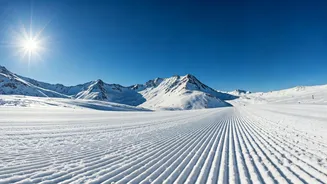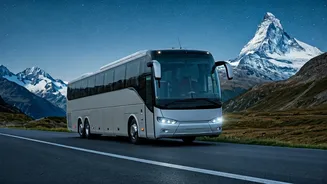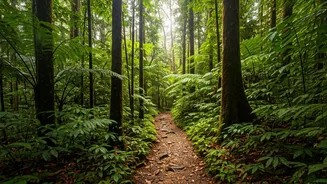Pre-Trip Essentials
Before you even think about hitting the slopes, several key steps will make your trip smoother. First, arrange your travel and accommodation. Aspen and Snowmass
offer a range of lodging options, from luxury hotels to cozy condos, so book in advance, especially during peak season. Next, consider gear rentals. Renting skis, snowboards, boots, and poles can save you significant luggage space and costs. Research the rental shops in advance and make reservations to ensure you get the right equipment. Pack appropriately. Include warm layers such as thermal underwear, fleece jackets, and insulated pants. Don't forget waterproof gloves, a warm hat, and a neck gaiter. Also, bring sunscreen with a high SPF, and lip balm to protect against sun and wind.
Understanding the Slopes
Aspen Snowmass comprises four distinct mountains: Aspen Mountain (Ajax), Aspen Highlands, Buttermilk, and Snowmass. Each mountain provides a unique experience. Aspen Mountain is known for its challenging terrain, with no beginner runs. Aspen Highlands is famous for its steep Highland Bowl. Buttermilk is excellent for beginners and families, with gentle slopes and dedicated learning areas. Snowmass is vast, with terrain suitable for all levels, and it’s especially great for families. Familiarize yourself with the mountain maps and trail ratings (green circles for easy, blue squares for intermediate, and black diamonds for advanced). Take the time to understand the lift system, and be aware of the daily conditions report, which offers updates on snow conditions, lift status, and any hazards on the slopes.
Skiing and Snowboarding Tips
If you're a beginner, consider taking lessons. Aspen Snowmass offers excellent ski and snowboard schools with certified instructors who can teach you the basics. Lessons can greatly improve your skills and confidence. Start with the beginner runs, focusing on proper techniques for controlling your speed and making turns. Stay within your ability level and avoid attempting runs that are too challenging. Take breaks when you need them. Skiing and snowboarding can be physically demanding, so don't hesitate to rest. Hydrate frequently by drinking water throughout the day to avoid fatigue. If you're using the chairlifts, be aware of the safety procedures. Always wait for the chair to come to a complete stop before loading and unloading. Be mindful of others and avoid blocking the path.
Altitude Awareness
Aspen Snowmass is at a high altitude, so it’s essential to acclimate to prevent altitude sickness. Drink plenty of water in the days leading up to your trip and continue hydrating once you arrive. Avoid alcohol and excessive exertion on your first day. Listen to your body and rest if you feel symptoms such as headaches, nausea, or dizziness. If symptoms persist, seek medical advice. Give your body time to adjust to the altitude; it generally takes a day or two to acclimatize. Consider taking it easy on your first day and gradually increasing your activity level. Remember that the higher you go, the more susceptible you are to the effects of altitude.
Exploring Beyond Skiing
Aspen and Snowmass offer many activities beyond skiing and snowboarding. Consider taking a snowshoeing tour to explore the stunning scenery at a slower pace. Visit the Aspen Art Museum for a cultural experience or browse the shops and boutiques in downtown Aspen. Take a scenic gondola ride for panoramic views of the mountains. Many restaurants offer delicious dining experiences, from casual eateries to fine dining establishments. Enjoy après-ski activities by visiting the bars and restaurants near the base of the mountains. Attend local events or festivals to enjoy the lively atmosphere, which includes live music and special celebrations. Spend your evenings exploring the charming town centers.
Safety First
Safety should always be your top priority. Wear a helmet at all times to protect your head. Be aware of your surroundings, and look out for other skiers and snowboarders. Obey all posted signs and warnings, and stay on marked trails. Avoid skiing or snowboarding alone, especially in unfamiliar terrain. Carry a fully charged cell phone and know how to contact emergency services if needed. Check the weather forecast daily, and be prepared for changing conditions. Never ski or snowboard while under the influence of alcohol or drugs. If you're going off-piste, consider bringing avalanche safety equipment, such as a beacon, shovel, and probe, and ensure you have proper training.
